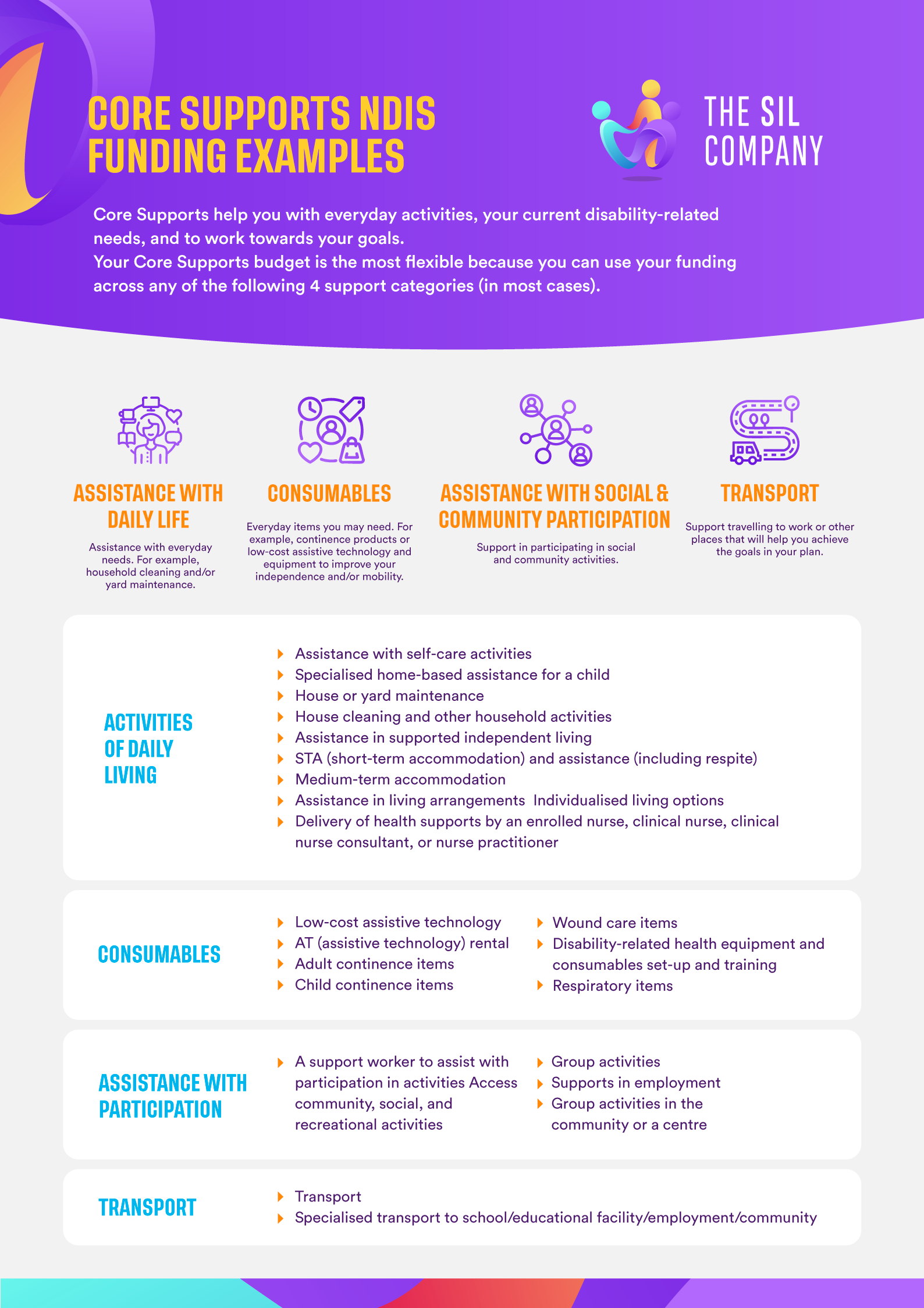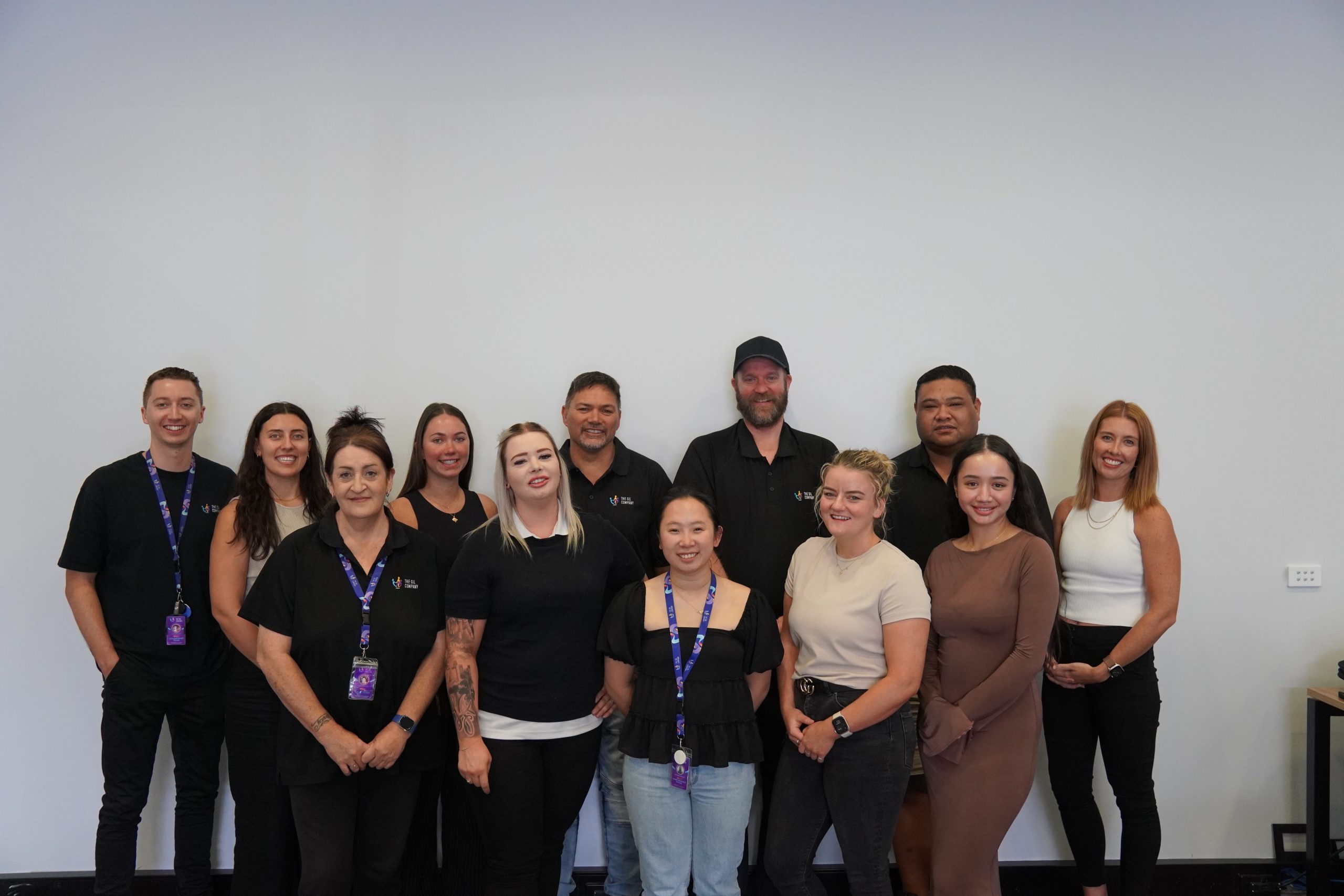The National Disability Insurance Scheme (NDIS) provides vital funding to empower Australians living with disabilities. It supports participants to achieve their goals, live more independently, and access the services they need.
Understanding how NDIS funding works is key to making the most of it. In this guide, you can find out more about:
Tips for making the most of your NDIS funds.
What Is NDIS Funding?
NDIS funding helps eligible Australians living with disability to access the supports they need to improve their quality of life and achieve their goals. Each NDIS plan is tailored to the individual, considering their unique needs and aspirations.
The funding is divided into support budgets, which are allocated to different areas depending on the participant’s circumstances. These funds can be used for daily activity assistance, skill development, assistive technology, and more.
NDIS support is designed to complement other community and government services, ensuring participants have a comprehensive network of assistance.


How Does NDIS Funding Work?
The NDIS works by providing funding directly to participants through their NDIS plan.
- Eligibility – To access NDIS, participants must meet certain age, residency, and disability criteria. Find out more about NDIS eligibility.
- Planning meeting – Participants work with a Local Area Coordinator (LAC) or planner to create an NDIS plan tailored to their goals, needs, and preferred living arrangements.
- Plan approval – Once the plan is approved, funding is allocated to specific support categories.
- Plan management: Participants can manage their funds in three ways:
- Self-managed
You control and pay for your supports directly. - Plan-managed
A professional plan manager handles budgeting and payments. - NDIA-managed
The NDIS pays providers directly for supports.
- Self-managed
This flexibility ensures that participants can choose the approach that best suits their needs and lifestyle.
What are the NDIS funding categories?
NDIS support budgets are divided into three main categories, each designed to cover different types of support:

NDIS core supports
This budget is for daily activity assistance, transport, and consumables. Examples include personal care, grocery delivery, or hiring a support worker.

Capacity building supports
These funds aim to develop skills and increase independence. Examples include therapy, support coordination, or training to build employment skills.

Capital supports budget
This budget funds one-off, high-cost purchases such as assistive technology or home modifications. It also covers specialist disability accommodation for participants with complex needs.
What Can NDIS Funds Be Used For?
NDIS funds must align with the principles of being “reasonable and necessary.” They can cover a wide range of supports and services, including:
- Assistance with daily activities such as meal preparation, personal care, or household chores.
- Purchasing assistive technology, such as mobility aids, hearing devices, or communication tools.
- Capacity-building supports like therapy, social skills training, or life coaching.
- Home modifications to make a participant’s living arrangements more accessible.
However, NDIS funds cannot be used for general living expenses unrelated to a participant’s disability, such as rent, utility bills, or entertainment.

Tips for making the most of your NDIS funding
To maximise your funding and achieve your goals, consider these practical tips.
- Understand your NDIS plan
Review your support budgets and categories carefully to ensure you know what is covered. For example, standard household items aren’t considered reasonable spending under NDIS funding, however, if you can’t use a typical kettle due to disability, it could be considered reasonable to get a tipper kettle. - Set clear goals
Clearly define your goals during your planning meeting to align your funding with your priorities. While there is quite a lot of flexibility in how and when your NDIS funding is spent, it all links back to your goals. Setting clear goals will help you account for your spending. - Document expenditure (especially if you’re self-managed)
Use a plan manager or tools to monitor your expenses and how they link to your goals. This will not only help you avoid overspending but will make it far easier when your funding is reviewed. - Engage support coordination
If you’re unsure how to navigate the system, support coordination services can help you access the right supports and services. - Check you’re getting what you’ve paid for
As well as tracking your invoices, you should check that you’re getting the output that you’ve paid for and that you aren’t being ripped off. For example, if you’ve paid for 2 hours of cleaning, you want to make sure you’re getting the whole 2 hours and that they are charging for only 2 hours on the invoice.

How The SIL Company Can Help
At The SIL Company, we specialise in helping participants with daily activities as well as disability housing. Whether you need help accessing supported independent living arrangements or drop-in supports, we’re here to help.
Our team understands the complexities of NDIS and works with you to tailor a care solution that fits your unique needs. From daily activity assistance to specialist disability accommodation, we’re committed to supporting you every step of the way.

Navigating the NDIS can feel overwhelming, but you don’t have to do it alone. By understanding how NDIS funding works and leveraging the right support categories, you can unlock a world of possibilities for achieving your goals and living independently.
Common Questions About NDIS Funding
Can NDIS funds be used for recreational activities?
Yes, if they are directly related to your disability and help you achieve your goals. We’ve actually got a guide of how the NDIS supports community participation, as well as some inclusive ideas to get you started with activities for people living with disability in NSW.
What happens if NDIS funding runs out before your plan’s end date?
With an NDIS funding plan typically lasting 12 months, overspending is easier than you might think. You could unknowingly overspend your funds, or your circumstances might change that impacts the services you need.
If it’s the latter, you can request a plan review to address any additional needs.
However, if it’s down to overspend, there are a few things you can do to avoid this. You can request copies of invoices from your provider to stay on top of costs, and we’d recommend setting aside 5-10% of your funding to cover emergencies.
How often can my NDIS plan be reviewed?
Plans are typically reviewed annually, but you can request an unscheduled review if your needs change.
Still have more questions?
Since COVID-19, the NDIS have put together a great resource about using your budget and the common questions that are asked.



